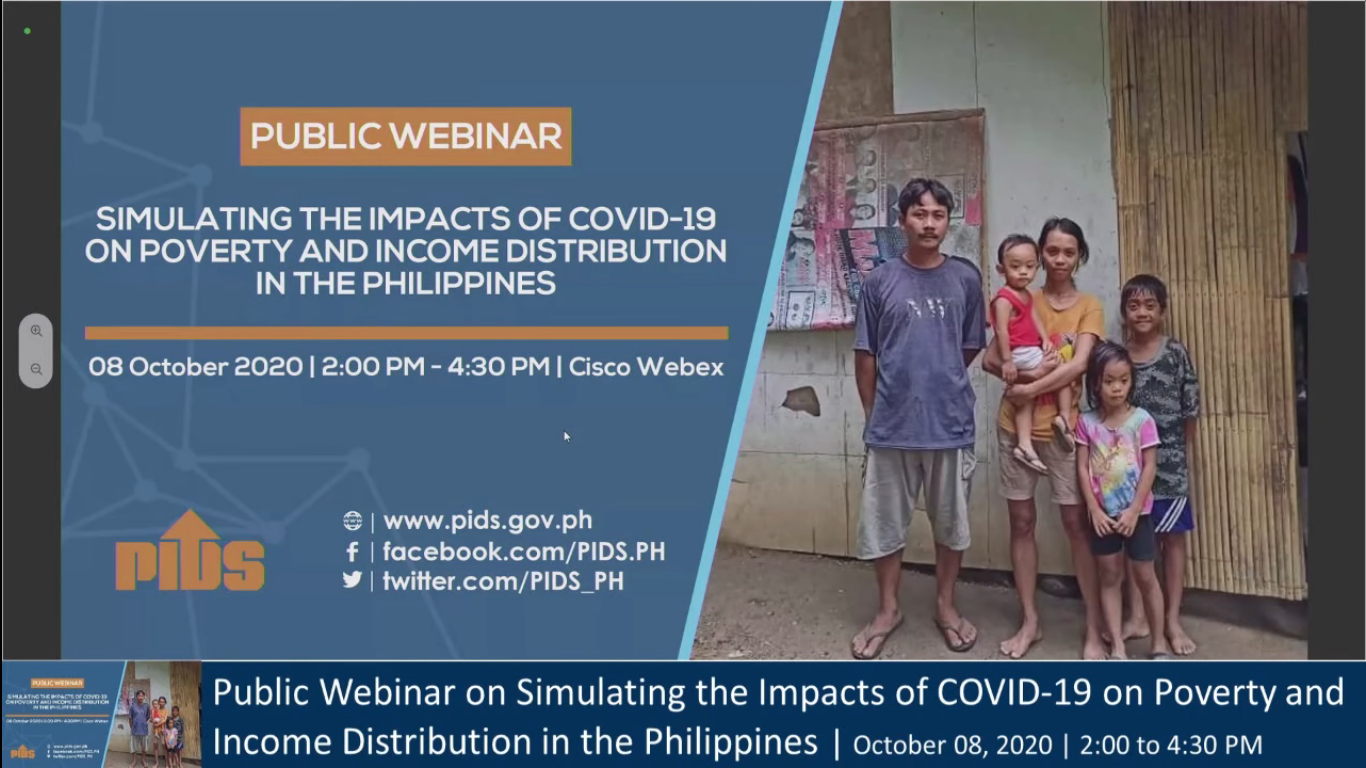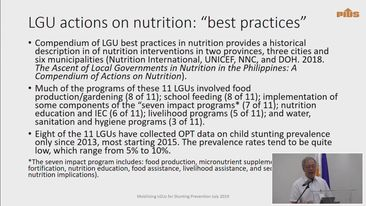MANILA, Philippines — Despite the Philippines’ recent economic gains, a new study by state think tank Philippine Institute for Development Studies (PIDS) reported that the number of children living in poverty in the country continues to increase.
The report, "Child Poverty in the Philippines,” found out that around 13.4 million Filipino children were experiencing poverty in 2009, and that the number and severity of poverty have been steadily increasing in the past years.
According to the study’s lead author Dr Celia Reyes, the number represented 36% or more than a third of all Filipino children below 18 years old.
"Being poor, they suffer from deprivations of food, shelter, health, and education,” Reyes added.
‘Deprived’
The key findings of the study discovered that around 750,000 Filipino children face 5 kinds of deprivations of basic amenities, while an estimated 10 million Filipino children face at least 2 kinds of deprivations simultaneously.
Access to sanitary toilet facilities and safe water remained the biggest deprivations, with 4 million Filipino children separately being deprived of each need.
Some 260,000 children also did not have access to basic and decent shelters in 2009.
"There were 1.4 million children living in informal settlements, 6.5 million did not have access to electricity in their homes, and 3.4 million did not have means to access information,” Reyes added.
The biggest problem in the area of education were the low cohort survival and poor level of achievement. According to the study, the percentage of students who completed their basic education in the past decade did not improve.
"Largely because of poverty, 5.5 million children are forced to work in 2011 to augment family income. These children are unable to pursue their education and this affects their ability to find better work opportunities in the future,” the study noted.
The cause of poverty?
The study suggested that the problem of poverty goes beyond the lack of income or assets in urban poor families. The lack of job opportunities and other economic problems are intertwined with issues such as the lack of skill and the inability to control fertility.
The exposure of the country to worsening natural calamities, population growth, and the lack of inclusivity of economic growth are also expected to worsen child poverty in the future.
"In the Philippines, poverty continues to affect millions of families with young children. This is visible in the number of young ones who wander the streets in urban areas, scavenge for resources, or those who, at an early age, are forced to drop out of school to work to supplement their family income,” Reyes explained. (READ: How to fix the education system? Think like a businessman)
Meanwhile, the study identified Zamboanga Peninsula, Eastern Visayas, and the Autonomous Region in Muslim Mindanao (ARMM) as the regions where there should be prioritized interventions due to the "dismal” condition of children.
Extreme weather conditions have also impeded economic growth in provinces with high poverty incidence, specifically those in Eastern Visayas and Compostela Valley. — Rappler.com












